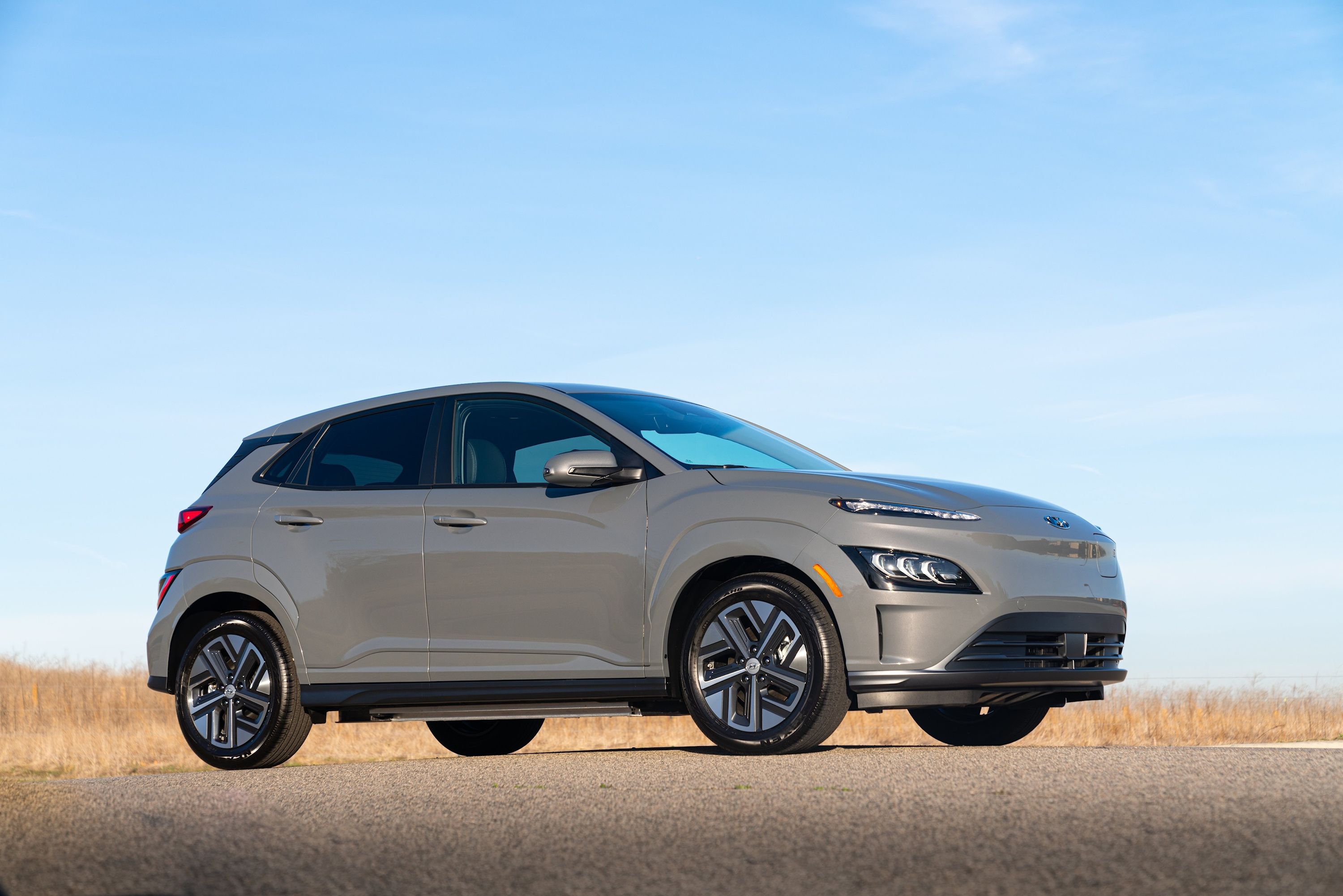
Electric vehicles have had their fair share of mishaps. If you've ever felt the heat from your smartphone after playing a mobile game for an hour or two, you'll be well aware that batteries generate a lot of heat. So much heat, in fact, that Tesla has had some serious issues in the past. Even as technology has progressed, fires are still a real threat, even to the Porsche Taycan. However, the Koreans are a resourceful bunch, and they've found a way to use the inherent heat of battery-powered vehicles to their advantage. Hyundai has been pushing boundaries for years now, and its modern electric vehicles are no different. Enter the Kona EV.
Things like air-conditioning and heating systems sap power, even in gas-powered vehicles. On electric cars, this drastically reduces range, as does excessive heat which we know reduces battery performance. Thus, Hyundai and Kia have developed a heat pump that was first seen on 2014's Kia Soul EV. This pump draws heat away from the electrical components of the vehicle and repurposes it to help power the climate control system. As a result of lower battery temperatures, the Norwegian Automotive Federation reported that the electric Kona maintained 91 percent of its combined range in sub-zero conditions, while 19 other EVs lost between 18 and 43 percent of their total range.
In addition, Hyundai and Kia opted for water-cooling on their battery packs, which has allowed for as much as 35 percent greater battery density than air-cooled systems that are bulkier. Overall, things are shaping up well for Hyundai and Kia, with the companies promising to continue developing this system and other heat-management innovations. The mid-term goal is for Hyundai to become one of the top three EV manufacturers by 2025, with Kia aiming to offer as many as 11 different EVs by the same deadline. With regular cars from both brands continually impressing journalists and buyers alike, we don't doubt that these goals are realistic.
